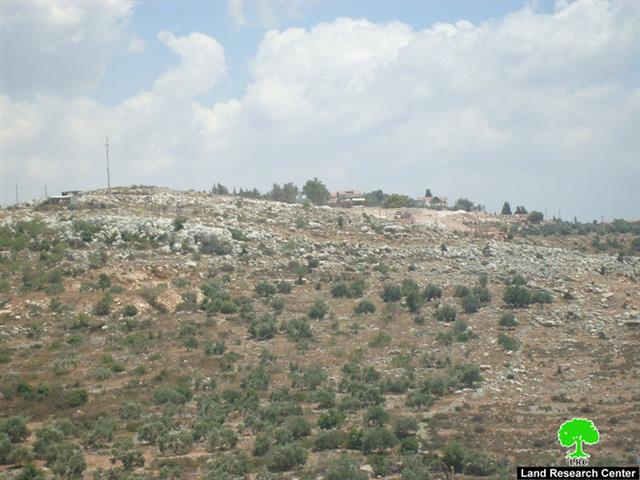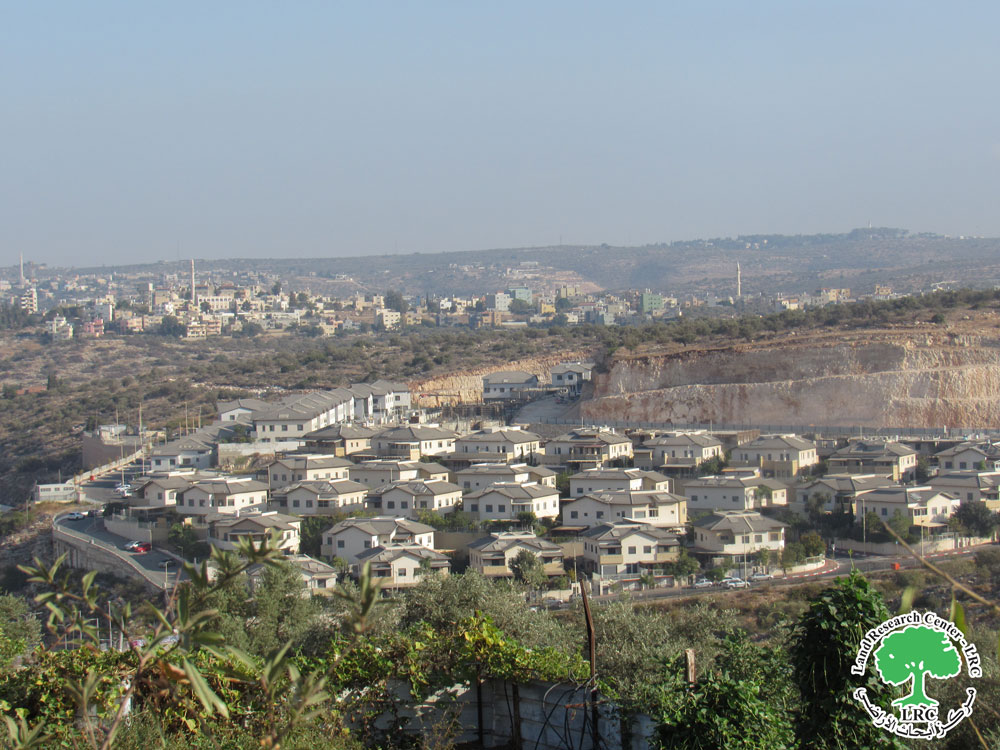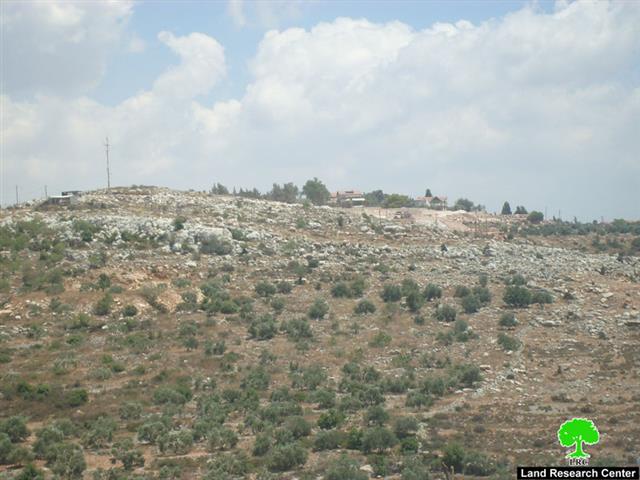On 10 June, 2009, settlers from Barkan colony in Salit district started to bulldoze dozens of dunums of Palestinian land owned by citizens from Sarta village in the western parts of Salfit governorate. The Israeli settlers' action is being done under full protection and supervision of the Israeli army in a blatant violation of the international humanitarian law which prohibits [an] occupying power [from transferring] citizens from its own territory to the occupied territory (Fourth Geneva Convention, article 49). The Hague Regulations prohibit the occupying power [from undertaking] permanent changes in the occupied area, unless these are due to military needs in the narrow sense of the term, or unless they are undertaken for the benefit of the local population. The establishment of the settlements leads to the violation of the rights of the Palestinians as enshrined in international human rights law. Among other violations, the settlements infringe on the rights to self-determination, equality, property, an adequate standard of living, and freedom of movement.

( Photo 1: On going land bulldozing and leveling around Barkan colony)
In the case of Sarta village, approximately 290 dunums of olive orchards have been leveled and seized by force and for the expansion of the Barkan colony since the 10 of June, 2009. The following table gives details about this land grab:
|
No. |
Land owners |
No. of heirs |
Area Dunum |
Basin's name |
Type of cultivation |
|
1 |
Heirs of Hamid Hussein Sarsur |
30 |
136 |
Harayeq Al Jabel |
70 dunums cultivated with olive and 66 dunums serve as pastures |
|
2 |
Heirs of Abdul Qader Ahmad Mater |
41 |
40 |
Harayeq Al Jabel |
Cultivated with olives and fig |
|
3 |
Heirs of Abdullah Abdulghani Musleh |
47 |
80 |
Harayeq Al Jabel |
Cultivated with olive seedlings |
|
4 |
Mohammed Ahmad Salah |
8 |
23 |
Suleikh |
Cultivated with olive |
|
5 |
Fatemah Radwan Sarsur |
6 |
11 |
Suleikh |
Cultivated with olive |
|
Total |
132 |
290 |
|
|
|
Source: LRC field work
Barkan colony
It was established in 1981 as a nucleus for an industrial zone to the west of the biggest colony in the West Bank, Ariel. In 2006 its municipal borders were expanded over 2720 dunums from the lands of Bruqin, Haris and Sarta in Salfit district. By the end of 2007, it had a population of 1267 settler, and built up area of 349 dunums (Source: Foundation For Middle East Peace-Washington). The colony's industrial area contains many factories the most important of which are oil, plastic and lead factories The Barakn factories and Israeli colonies in Salfit district constitute a source of pollution to the air and nature in that area because of black water, industrial waste and sewage water stemming from these factories and colonies resulting in the creation of many diseases, the spread of flies and mosquitoes and the contamination of agricultural fields.
( Photo 2: in the background are the Israeli bulldozing works and in
the foreground are olive orchards and some houses in arta village)
Sarta village
It is located about 22 km to the west of Salfit city. Its total land area is 5817 dunums of which 396 dunums built up area ( source: GIS department at LRC). The village lost about 650 dunums and 580 long lived olive trees for the construction of the colonial bypass road number 505 in 1989 ( the Trans Samaria high way). It had a population of 2524 people, 13 % of whom work in agriculture ( source: Palestinian Central Bureau of Statistics' census of 2007).
According to the village local council 4 structures were demolished in the village since the beginning of the second Intifada ( uprising) in the year 2000 and another 10 were notified for demolition under the pretext of un-licensing. See Map 1
Map 1: location of Sarta Village
Prepared by:














